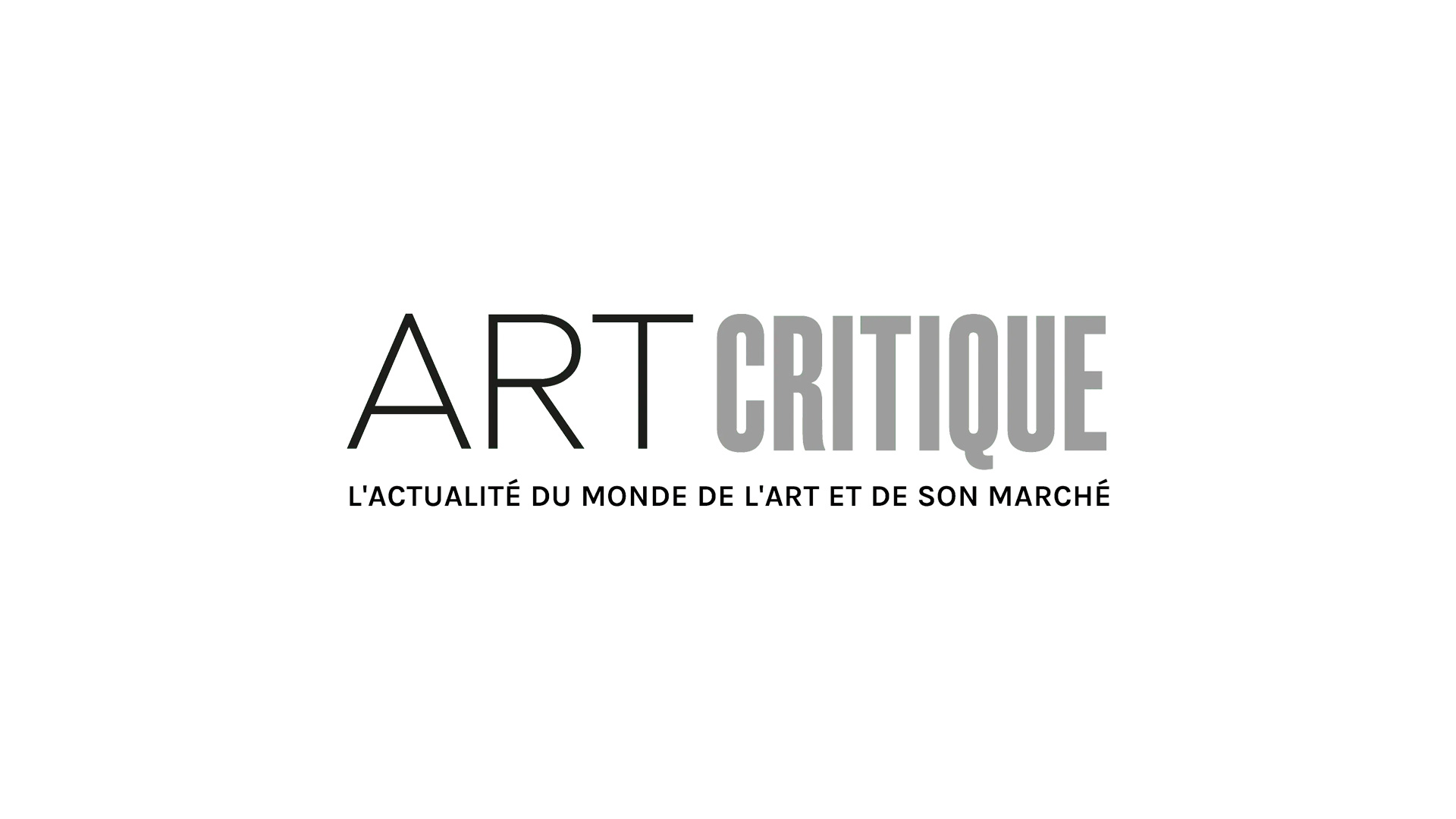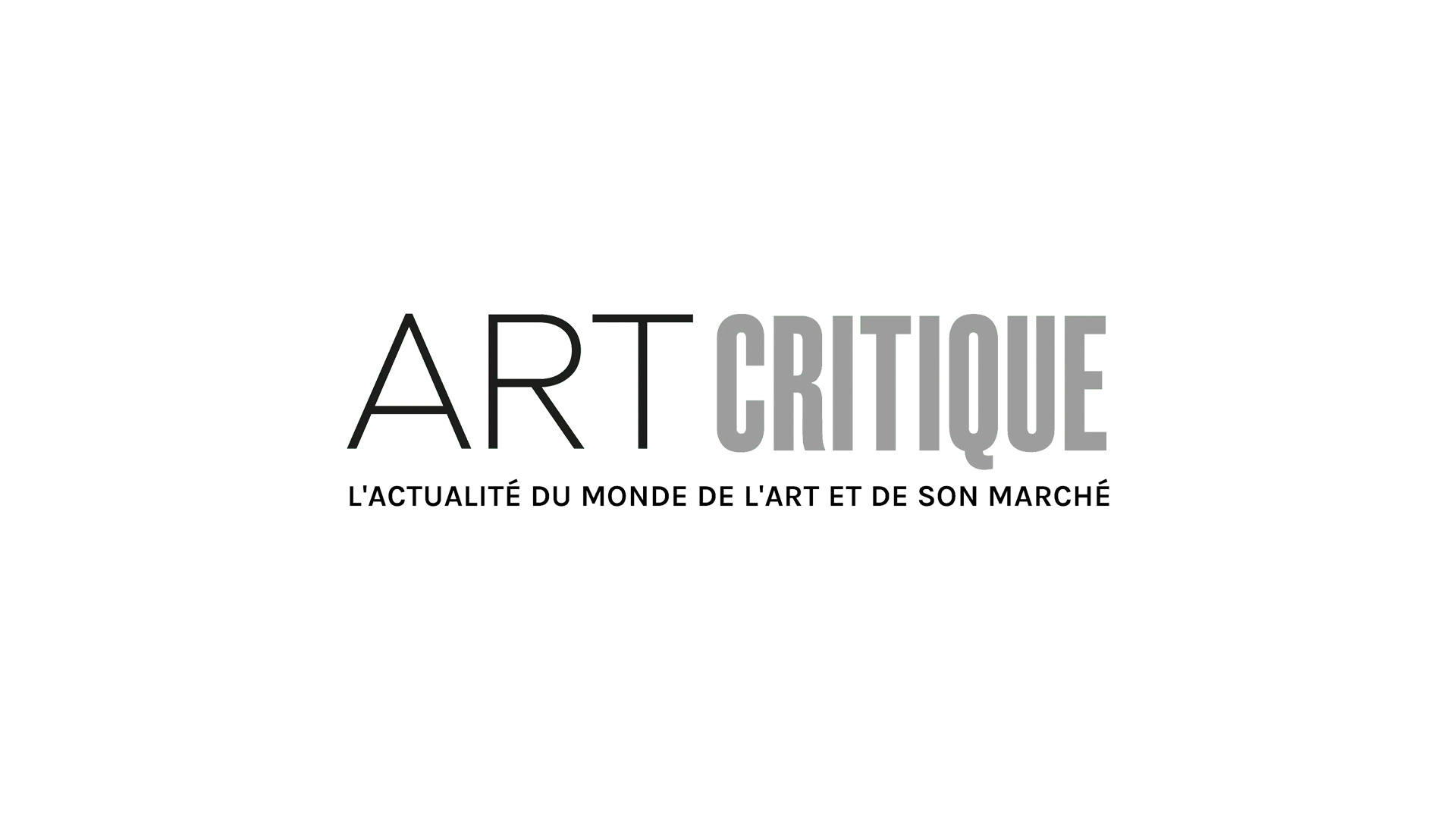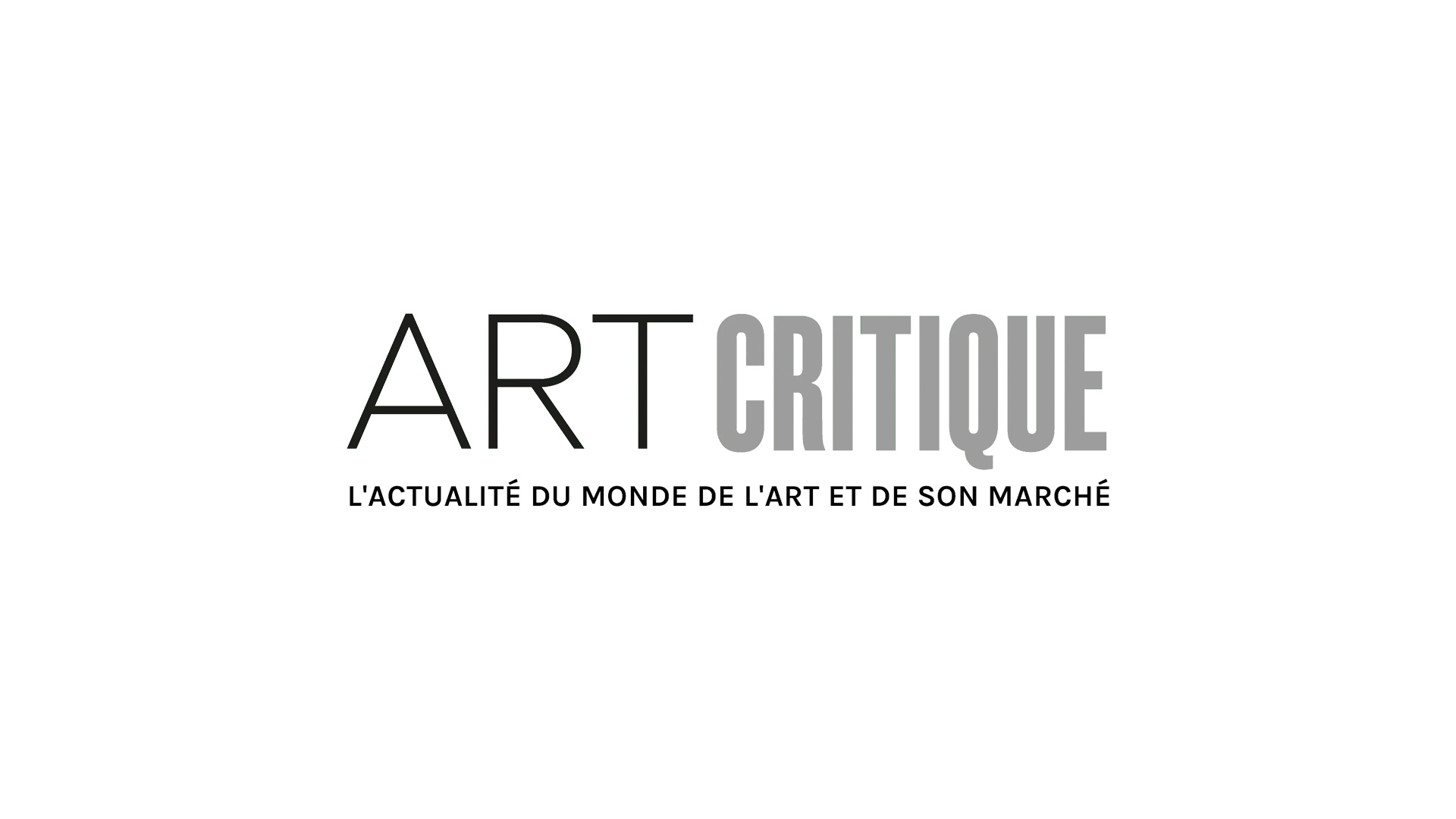“My aim is not to make PHOTOGRAPHS, but rather CHARTS and MAPS that might at the same time constitute photographs,” Luigi Ghirri wrote in his 1973 essay Fotografie del periodo iniziale.
The exhibition “The Map and the Territory,” previously on display at the Museum Folkwang and the Reina Sofía in Madrid, currently at Paris’ Jeu de Paume through June 2, focuses on the first decade of Ghirri’s work, in the 1970s–a key period in the expansion of suburbia, the emergence of conceptual art and, along with the rise of consumerism and the proliferation of images through mass media outlets from magazines to television, the mainstreaming of Pop and the use of appropriation. Within this context, Ghirri began photographing the towns and countryside in his native Reggio Emilia. By 1979, he had published his iconic Kodachrome (1978) and the following year had his first major survey show, “Vera Fotografia,” in Parma. This exhibition reprises that 1979 show, which brings together 14 series in a poetic cartography.
Ghirri, who died in 1992 at the age of 48, decided to dedicate himself to photography in 1970, at the age of 27. Trained as a surveyor, he was highly sensitive to describing space and attentive to detail, but rather making precise measurements of the landscape and determining specific boundaries, Ghirri was interested not in collecting data but in the enigmas that lie in between, in the interstices. Walking the Modena streets, his small Canon in hand, he made “minimal journeys” in the city and its outskirts, focusing on humble, unspectacular situations, unpeopled buildings, gardens, beaches and fairgrounds, which he arranged in open-ended series from disparate locations and time periods, without any sense of hierarchy or narrative. He worked exclusively in colour (because, as he put it, “because the real world is in colour, and because colour film has been invented”) at a time when it was anathema to serious photographers, considered vulgar, a purely commercial medium for advertising and family snapshots. From snapshots taken in and around his hometown of Modena, to glimpses of vacations around Europe, Ghirri came across his subjects in his ordinary field of vision; things that we look at passively on daily basis.
Moving away from Cartier-Bresson’s “decisive moment,” he captured instead fragments of the everyday world, fleeting uncertain moments, muted suggestions of human activity, banal things we look at but never see. From snapshots taken in and around his hometown of Modena to from vacation spots, fairgrounds and wax museums, Ghirris is sensitive to artifice in a way that would later be echoed in Umberto Eco’s Travels in hyperreality; they have a dreamlike, metaphysical dimension that distances his work from Eggleston, say, or Joel Sternfeld, closer to the work of De Chirico or Morandi. Together, his images propose a new vocabulary that, as curator James Lingwood puts it, “maps the changing topography of modern life in Europe in the 1970s, and also the change in the relationship between people and images.”





